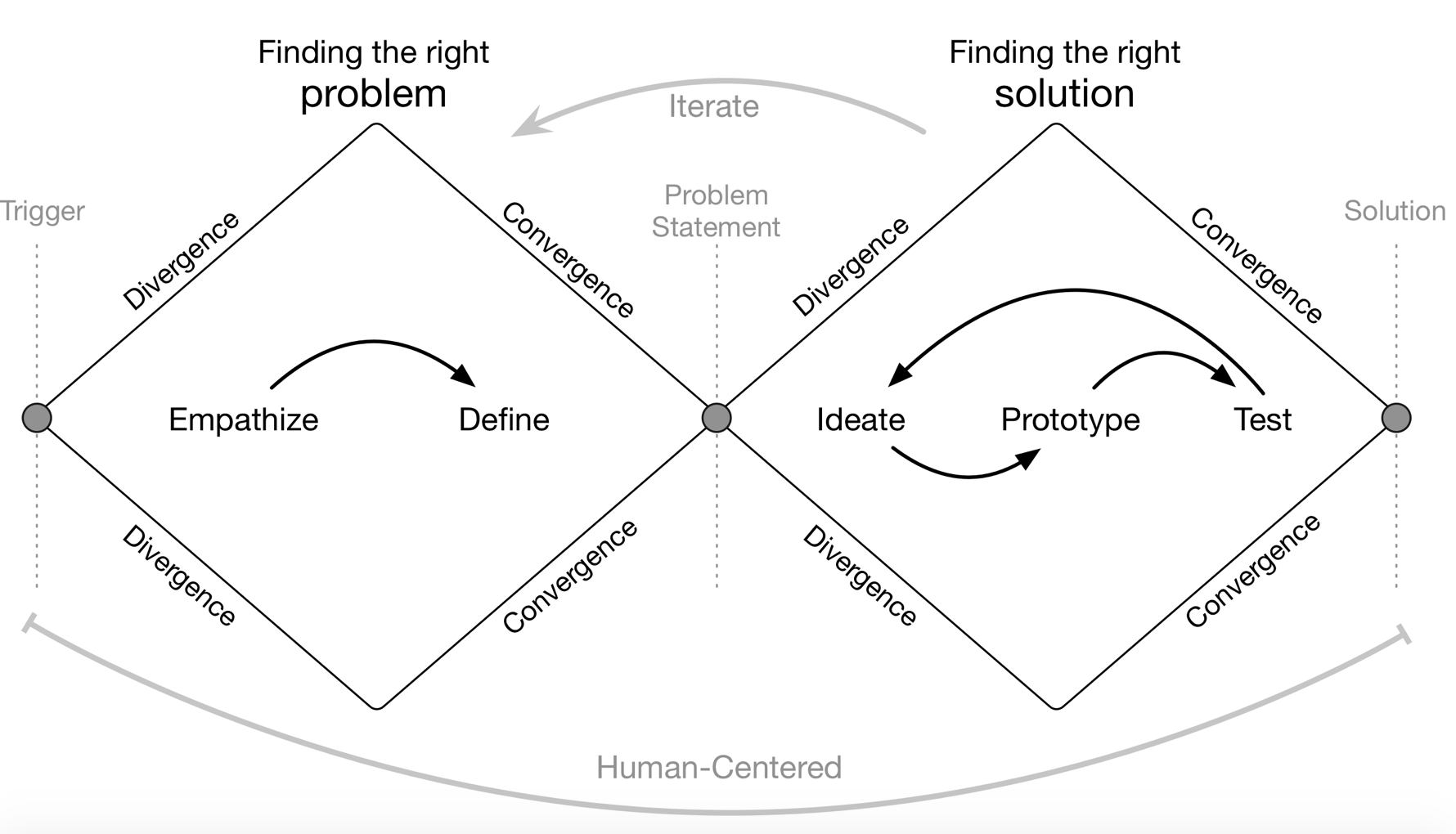Epistemic foraging, the process of seeking meaning in an unknown, is not only a core concept in Friston's Active Inference theory, it's also an essential element of the Agile Mindset.
Agile is a cyclical process that challenges teams to venture into fast, short-term learning and development sprints where surprise is expected.
By identifying and making meaning of these surprises, teams are able to suddenly gain a deeper understanding of complex systems.
To borrow Friston's language, then, we might think of pattern languages as heuristics that guide epistemic foraging creating Bayesian belief updates of a generative model. An experience illuminated by Ward Cunningham twenty five years ago that became the core of a new 'agile' mindset for software development.
This epistemic foraging is divergent in character, which leads to a 'climax' and then a convergence in the 'tail of an episode' from which a new beginning – from a refreshed generative model – allows us to venture back out into the chaos of the unknown – what Friston calls the 'hidden state' – seeking new 'surprise'.
These iterative Learning Cycles of innovation is a pattern recognized by proponents of design thinking:

DOT FROM preview-next-diagram